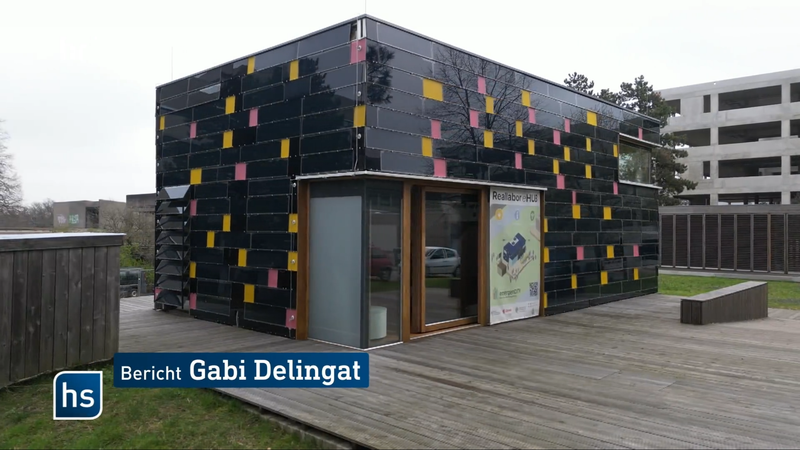Being Prepared for a Crises
TV-Feature on emergenCITY’s research into warning systems in the case of power outages in the hessenschau series “Hessen forscht”
TV-Feature on emergenCITY’s research into warning systems in the case of power outages in the hessenschau series “Hessen forscht”

The question of how the population can be warned in the event of a power outage has been the focus of emergenCITY research for more than three years now. However, research into crises prevention remains complex and requires a variety of new ideas and solutions in a wide range of areas. “Crises are not easy to predict. We don’t have a crystal ball. We don’t know what the next crisis will look like,” emphasizes Matthias Hollick, scientific coordinator at emergenCITY.
In a five-minute report for the hessenschau series “Hessen forscht”, Gabi Delingat presents some of emergenCITY’s current developments and solutions for warning and informing people when infrastructures fail. The starting point for this is the scenario of a power outage lasting several days. This is a very realistic example, emphasizes Managing Director Katharina Kleinschnitger: “At the latest in the Ahr valley three years ago and the great flood, we realized that such disasters can also affect us in Germany.” The course of crisis and disaster relief was difficult in this specific case, as emergenCITY was able to show in a Policy Paper. Hollick also rates the general resilience to crises of this kind with power outages lasting several days as low: “I would say we are not very well prepared.”
The specific developments of emergenCITY are intended to provide ideas on what could be done differently in crisis prevention. The feature focuses on the Reallabor eHUB, a smart house with its own energy supply and sharing system that can act as a networked energy and communication hub in the event of a crisis with a power outage. The hessenschau also presents the emergenCITY sensor boxes, which, in addition to measuring particulate matter and noise on site in urban districts, is able to set up an alternative radio and WLAN network, too. An advertising pillar in Darmstadt’s Martinsviertel district is about to undergo an actual practical test as a new warning component: it will soon be able to show warning messages using solar cells and a surrounding display. The project is being realized by emergenCITY in cooperation with the operators of the advertising pillar, the city - and the local population.
Architect and emergenCITY PI Joachim Schulze, who co-developed the digital advertising pillar, knows: “Civil protection only works in cooperation with the population.” This is why surveys of the population on the acceptance of emergenCITY’s solutions are a central component of the work, and not just in the case of the advertising pillar. emergenCITY has also researched the willingness of the population to share energy with critical infrastructures such as hospitals via an eHub, for example. Michèle Knodt, head of the study and deputy emergenCITY coordinator, says: “Over 60 percent of those surveyed are already willing to share, and not just with neighbors and friends, but actually with critical infrastructure in particular - in order to produce a common good.” In this way, emergenCITY can also be used to forward political demands that advocate appropriate legal frameworks.
The entire TV feature “Hessen forscht” - Warning system in the event of a power failure can be viewed online on the hessenschau website.